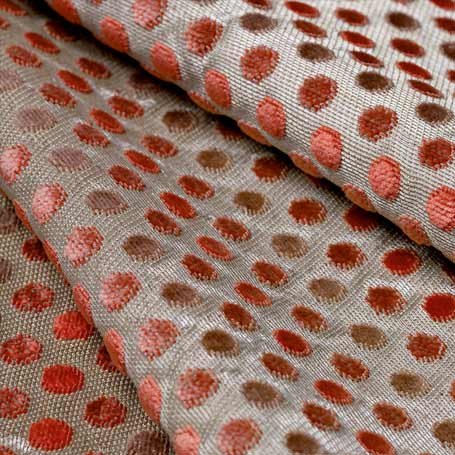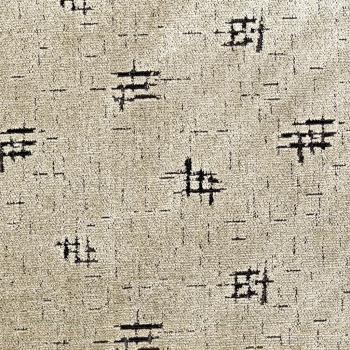
Gio Ponti
A multifaceted artistic figure, Ponti is considered one of the most influential architects and designers of the 20th century, one that could introduce a new art of living by designing architecture, interior spaces and furniture.
Ponti's world was fuelled by a continuing interest in industrial production and a discourse with craftsmanship in which the act of devising and the act of executing are part of the same process that has its origins in the model of the Renaissance artist-craftsman workshops. The thinking and figure of Ponti are moulded on that model and in his long career he was on each occasion architect, designer, painter, draftsman, writer, publicist and also, powerfully, inspirer of ideas and 'talent scout' of artists and designers.
According to Ponti, 'architects have the problem of human life' and the place at the centre of human existence is the home, the space to which he dedicates the research of a lifetime. Domus was the home for the ancient Romans and the magazine he founded in Milan in 1928 in which he proposed a fresh look at the space for modern living.
He thus explored and innovated the boundless areas of decorative art and furnishing, collaborating with companies synonymous with Italian manufacture. His journey began with Richard-Ginori, attracted by the timeless grace of ceramics, then helped found the Milanese FontanaArte and created glassware for the Venetian Venini, recovered the ancient, almost lost technique of enamelling together with De Poli and finally turned his furniture into classics that have become icons of post-war Italian design such as the Distex armchair and the Superleggera for Cassina.
In the house imagined, designed and realised by Ponti 'fabrics are like a song and... we love them so much today'. His passion for this ancient art is manifested in his creations for the most important companies in the sector, including Rubelli, where the fabrics are true harmonies of colour, form and material.
The meeting and collaboration between Gio Ponti and Rubelli took place in the fertile environment of the International Exhibitions of Decorative Arts, the Monza Biennial and the Milan Triennial, and the Venice Art Biennale, which saw the archi-designer among the promoters of the events and the Venice company among the exhibitors with its "fabrics for furnishing" featured in the various issues of Ponti's magazines Domus and Stile.
For Rubelli's participation in the Venice Art Biennale in 1934 Gio Ponti created several fabrics including Punteggiato in which modernity, conveyed by the decorative motif composed of a sequence of staggered circles (polka dots) in three colour shades, meets the ancient technique of chiselled silk velvet, known as soprarizzo by the Venetians, with which the small decorations are made.
Punteggiato is an expression of the artist's creative universe: a marriage of the novelties of Italian design, industrial production and textile craftsmanship which, according to Ponti, was 'one of the most delicate, beautiful and gentle expressions of human labour'. At the 1940 Milan Triennale Rubelli was also present with a silk satin created from an idea by Gio Ponti, Reticolo, which covered the armchairs presented in the section dedicated to textiles and which has been revisited in recent times by Rubelli's creative team.

Products designed by Gio Ponti


